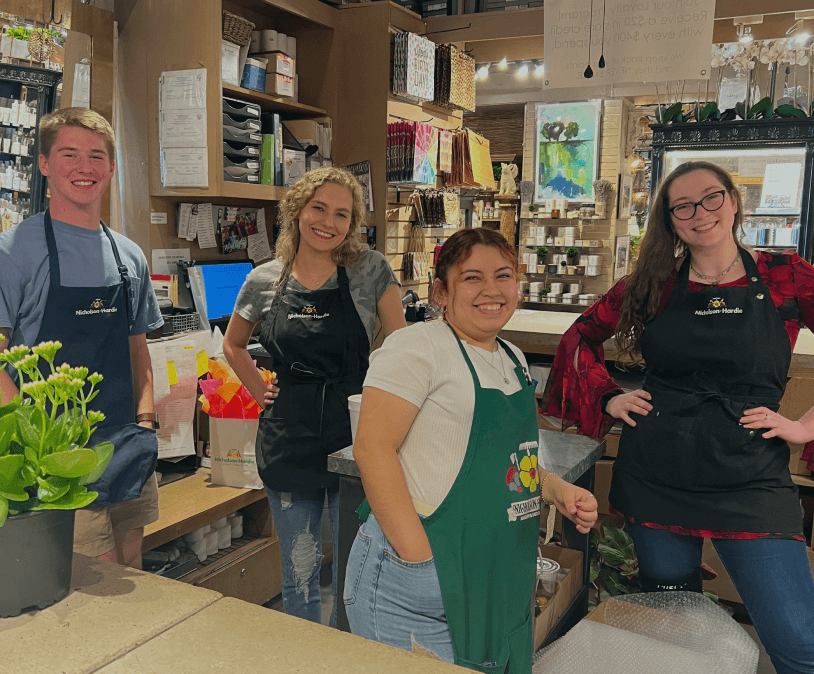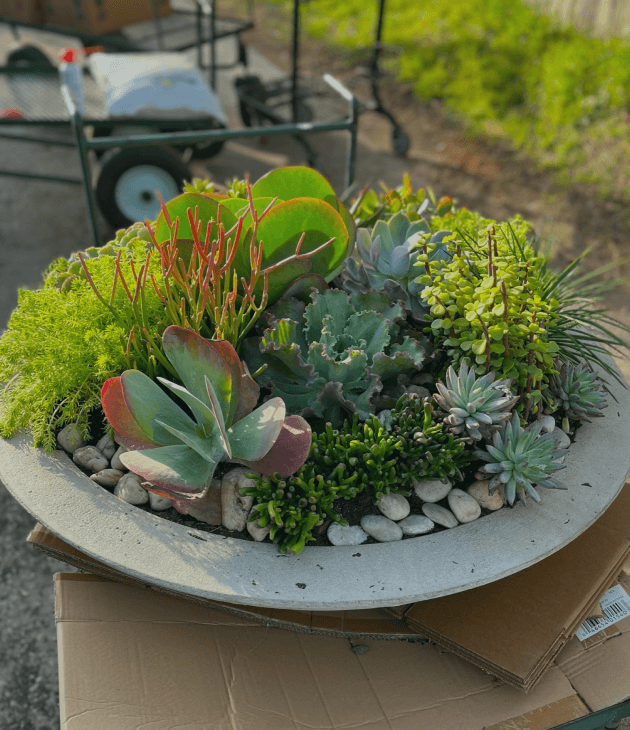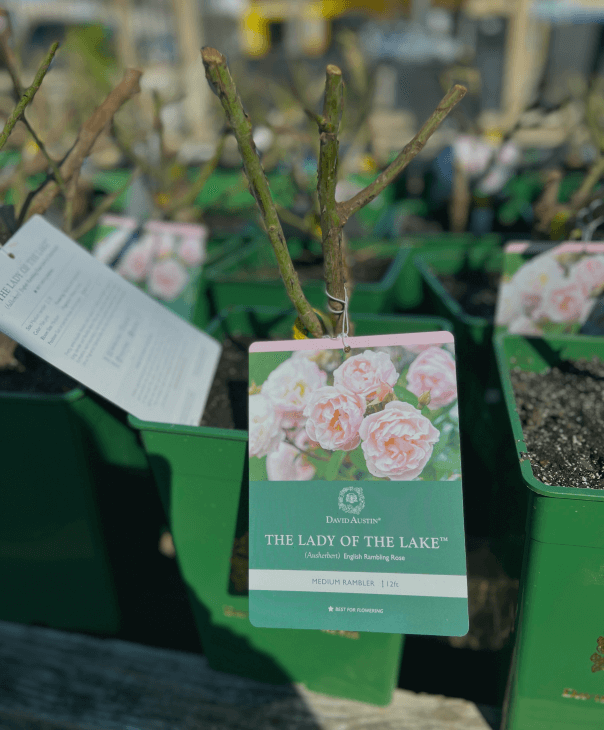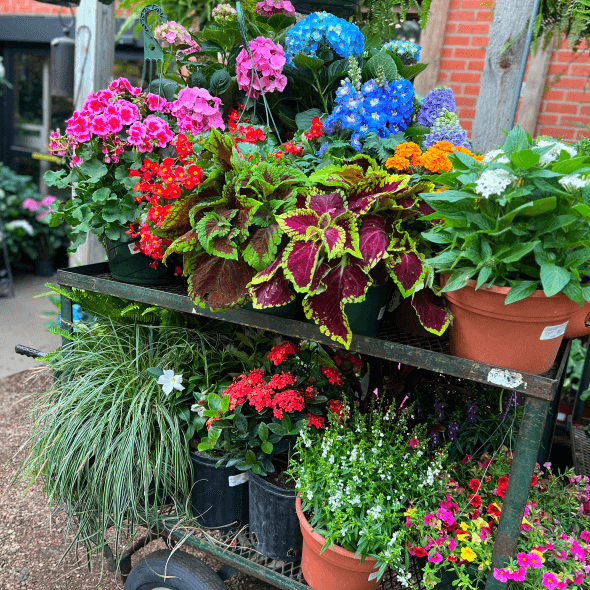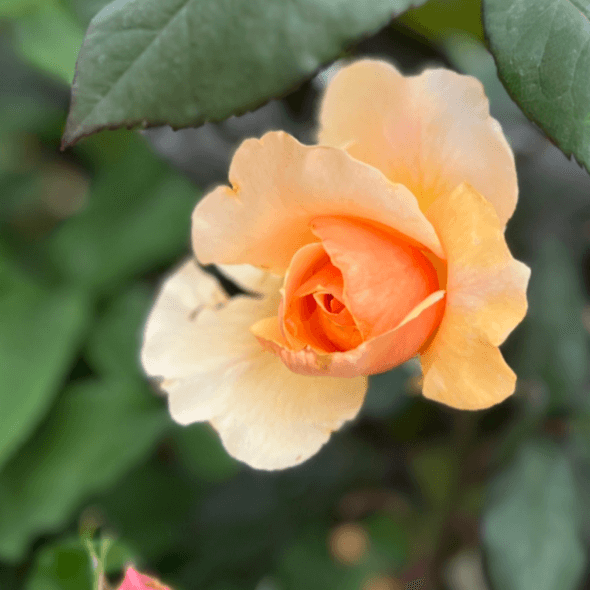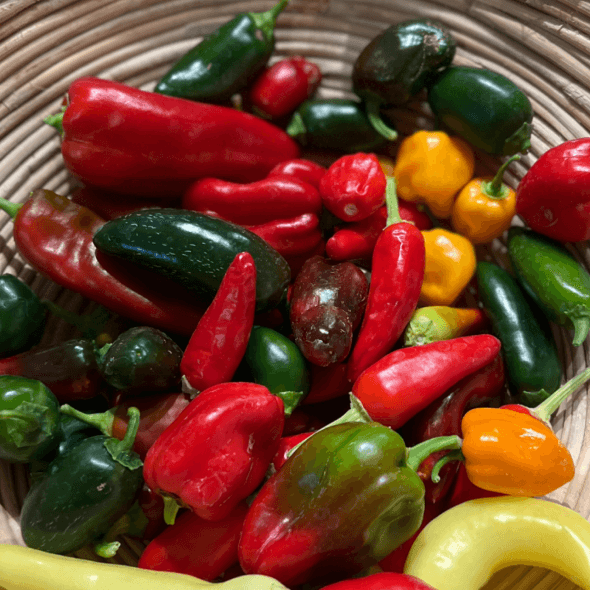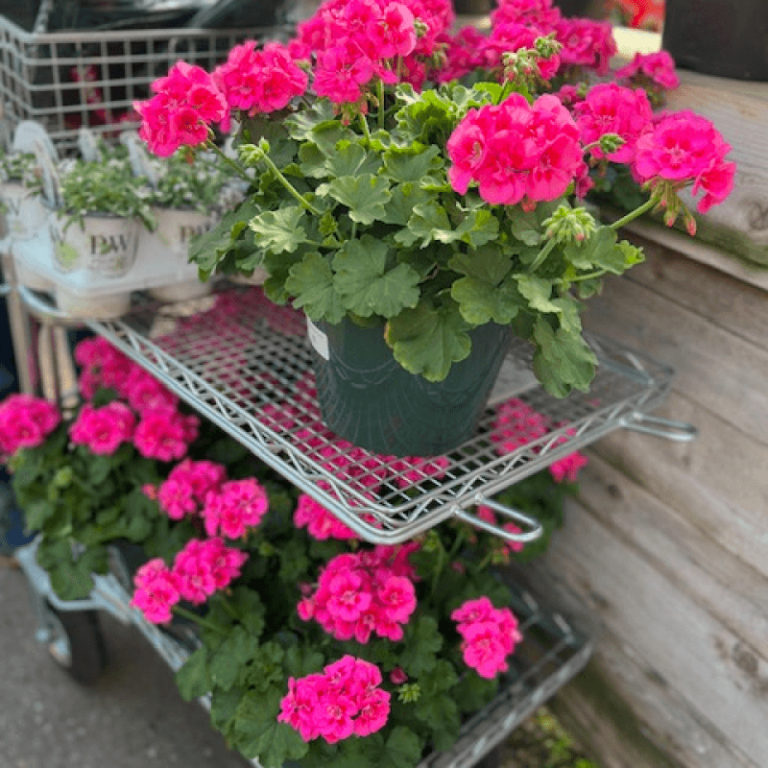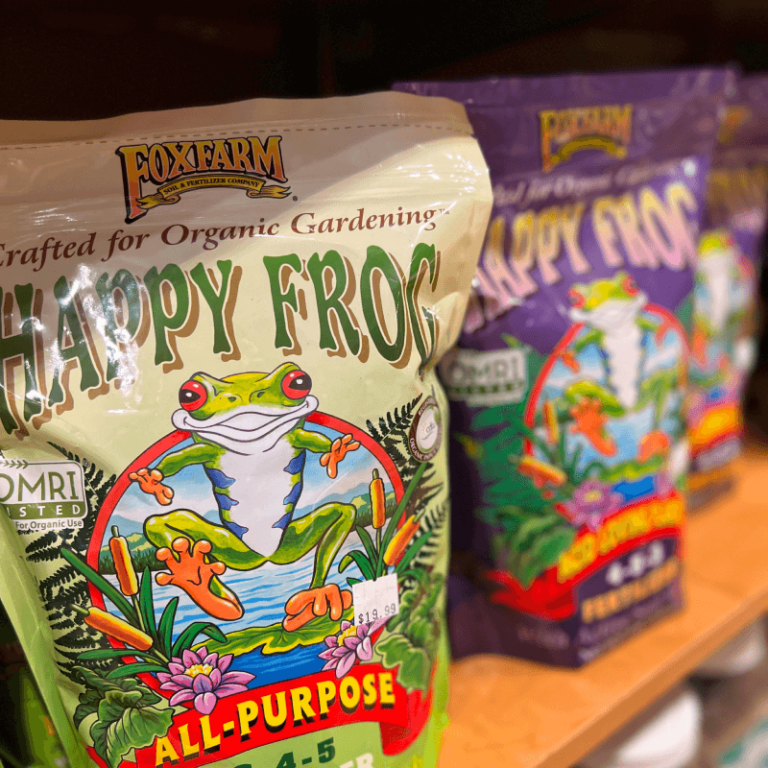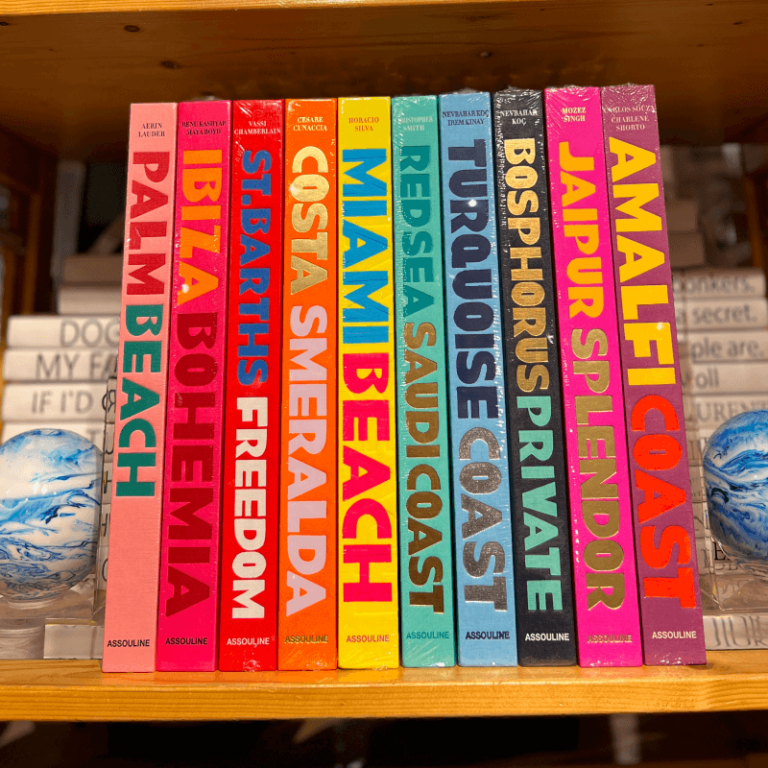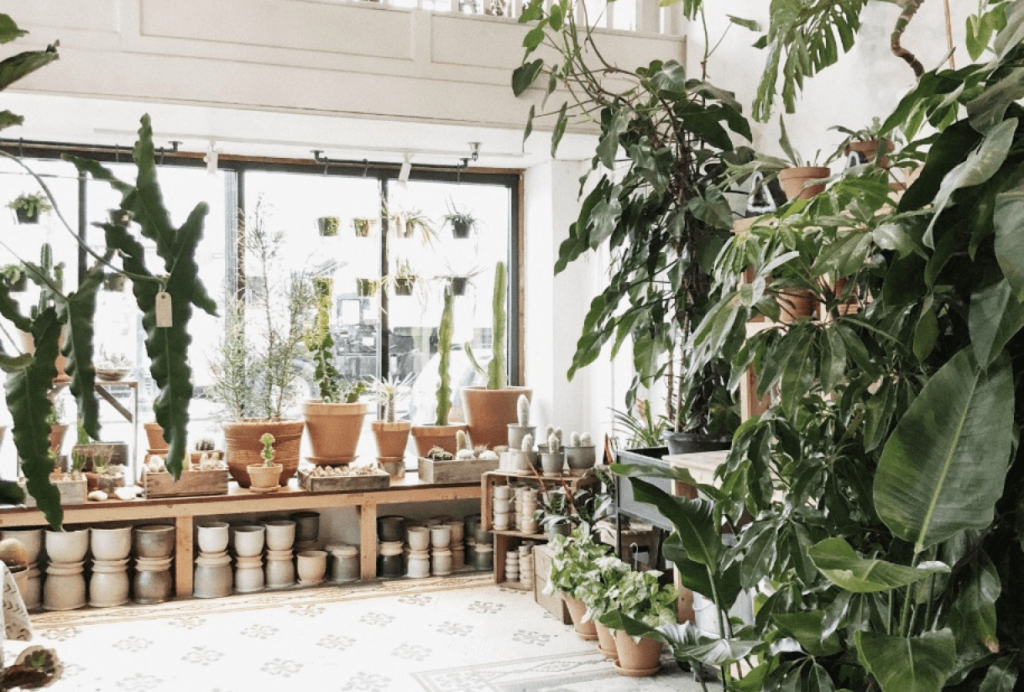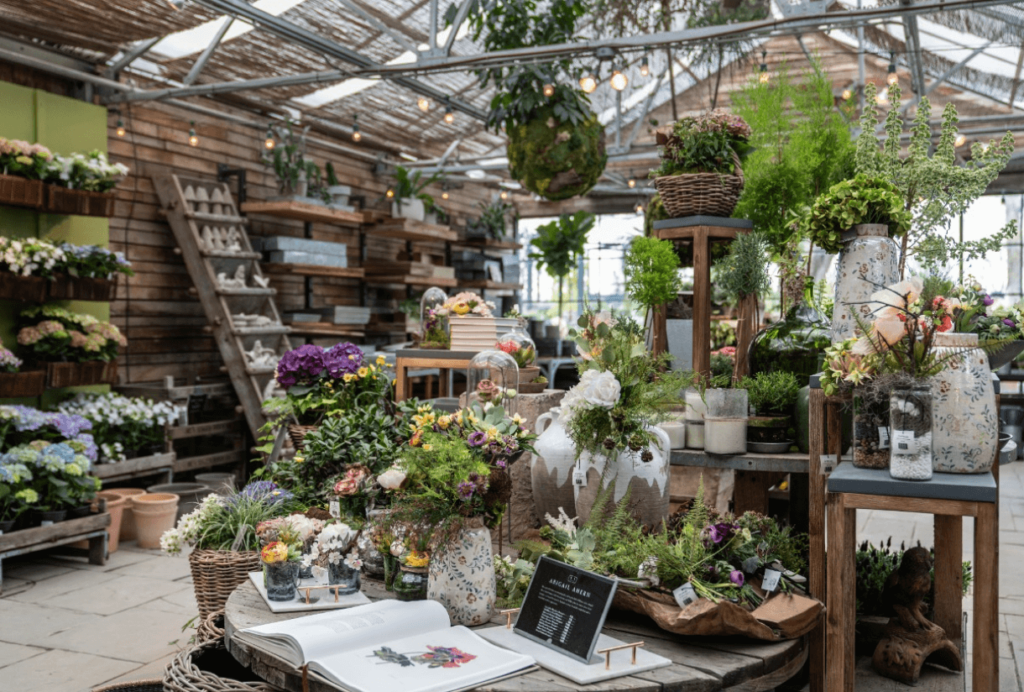There are about 800 species of Azaleas and over 10,000 named varieties available. They can be evergreen like the Kurume Group, to deciduous, like the native yellows. The most proven types for Dallas have been the Kurume: Snow-White, Hino-Crimson, Hinodegiri (rose red), Coral Bells (pink), Christmas Cheer (opal red), and the Southern Indicas: Formosa (magenta), Judge Solomon (watermelon Pink), George Tabor (orchid, lavender, magenta botch), Mrs, G.C. Gerbing (white). These are, however, by no means the only ones that can be grown in this area.
We have two basic problems with growing azaleas in Dallas, our soil type and the abrupt changes in temperature. The solution to soil type is to never allow the roots of the azalea to come in contact with our black land soil, and always prepare your planting beds for good drainage.
Plant in 50% peat, 50% bark mulch or Vital Earth Azalea Soil.
Note: Do not use peat and local soil, nor should you use sand and peat. Also, the bed should be at least 24″ wide, and it is even better for the bed to be 48″ wide.
In choosing other plants to grow with azaleas, let us help. For example, red buds and crepe myrtles will grow in peat beds while caladiums and dogwoods do very well. Once azaleas are planted in the proper media with good drainage, there a few problems.
Fertilizing Azaleas: Start feeding immediately after blooming is completed. Feed again June 1 and use 1/2 rate after August and before September 15. We recommend using Fertilome Azalea Food by sprinkling the top of the bed area and watering in. Do not dig in this fertilizer. Use 1/4 cup to every foot of height on the plant.
If at some time you have an insect or drainage problem with your azaleas, our sales people are well-trained to recognize these problems and provide the best solution.



